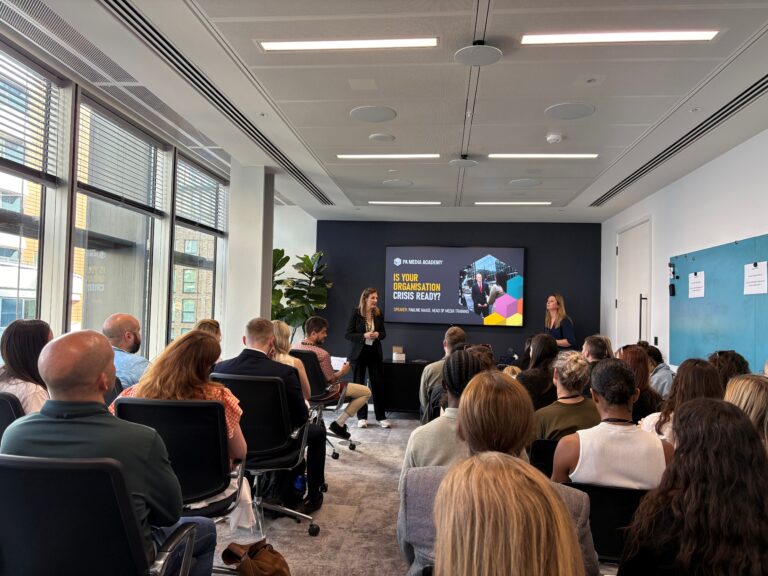I once wrote the word ‘vasectomy’ in the intro of a Premier League football match report for a national newspaper.
I’ll never forget the sports editor ringing me in the press box after I had filed my copy and holding up the receiver so I could hear the production team giving me a round of applause in the background.
I don’t mean to show off but I want to highlight the point that if you fail to capture your readers’ attention with your opening words, then you fail, full stop. Using the word vasectomy in a football match report is the perfect example of how to hook your reader.
I am sure you are wondering why I needed to write such an intro. Well, the match I was covering finished 0-0 and was so dull that I was struggling to come up with something interesting to write.
Then I noticed that the matchday sponsor was Vasectomy.org, and I used that to point out that both teams were firing blanks that day.
I was writing for a ‘red-top’ tabloid newspaper that day, and it is important to know your audience, as I wouldn’t have gotten away with such an intro had I been writing for a broadsheet (although I might have tried!).
Writing a press release is a way to create buzz around products, partnerships, or any noteworthy news. It nudges journalists to cover the story.
Nowadays newspapers, radio and television stations, and websites are bombarded with emails from companies fighting to get space or airtime. If you don’t grab their attention with a well-written press release, you are unlikely to succeed in gaining coverage for your story.
Journalists are extremely busy and don’t want to spend time re-writing a poor press release, if you can provide them with copy that is clear and concise, then you stand a much greater chance of having your news published.
PA Media Academy’s courses
Creating a compelling press release is a crucial skill in public relations – it beats having to pay for an advert. This is where PA Media Academy can help.
We offer both half- and full-day courses in Writing Perfect Press Releases, led by working journalists who can share tips and tricks on how to make your communications stand out, as well as guide you on which outlets to target.
Our courses can be booked by individuals looking to brush up on their skills – and we have dates available from September. Or, if you have a team who could benefit from training, you can get in contact to arrange a bespoke day, which can take place remotely or in your offices.
Alternatively, if you’re an employer who might be interested in offering a PR and Communications Apprenticeship, find more information on how to team up with us and do so here.
What makes a good press release?
Attention spans have diminished massively, so you need to crack it in your opening two or three paragraphs. Remember the days when a Google search might not give you what you were looking for until the second page? Nowadays, nobody will scroll to the second page.
The first rule of writing a press release is the same as writing any news story. You should imagine you are telling your best friend something new. Imagine starting with: ”Guess what!” Then think of what would come next. In your release, drop the words ‘guess what’ but make sure you hit your recipient between the eyes with a sentence that will capture their attention and tell the story in a nutshell.
If you’re announcing a new product or service, let the journalist know why it is special. Then drip feed them with information, paragraph by paragraph.
Press releases are so important because they can help companies gain instant exposure, garner positive press coverage, mitigate negative coverage, boost SEO and increase traffic to websites or stores.
A good press release should strive to be brief and to the point, with an attention-grabbing subject line, newsworthy content, prose that is clear and concise, an easy-to-follow structure, and accurate information.
It helps to include quotations from company executives and visual aids, such as appealing graphics and relevant photos. It should always contain contact information, so that journalists know where to turn to pursue a story based on the release.
To write an effective press release, answer the following questions:
- Who are the key players – your company, anyone else involved with the product? Who does your news affect/who does it benefit?
- What is new?
- Why is this news important – what does it tell people that they need to know?
- Where is this happening?
- When is this happening? Or when will it happen?
- How did this come about?
It’s then a matter of putting the details together into short punchy sentences. That sounds simple but can be quite challenging.
The most important thing to think about when writing a press release is the target audience. The readers of a niche magazine or website will be very different to those that read the local newspaper. You should write different versions of your release for the different journalists you are targeting.


